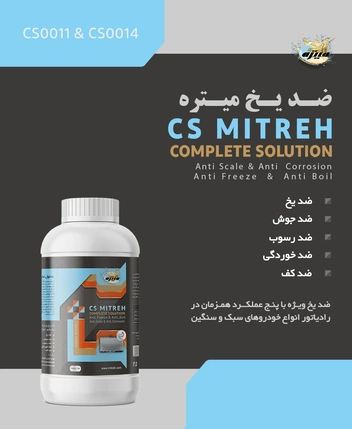Abrizan articles
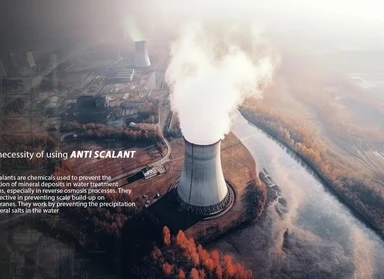
The necessity of using anti-scalants
Almost all problems associated with the use of water for cooling purposes can be attributed to one or more impurities such as hardness salts (such as calcium and magnesium, which deposit as scale in pipes and especially on heating surfaces), silica, iron, microbiological species, oil, and dissolved gases. The scaling and corrosion problems caused by the use of naturally hard water in cooling towers during recirculation pose major economic and technical problems, including reduced system efficiency and increased frequency of chemical cleaning.
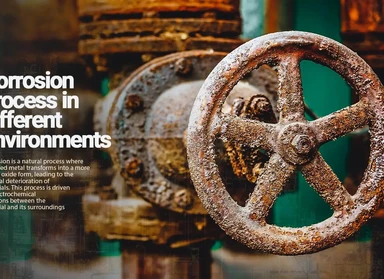
Corrosion process in different environments
Corrosion processes are divided into three groups in a more comprehensive classification: corrosion in aqueous solutions or environments, corrosion in molten salts and liquid metals, and corrosion in gases.
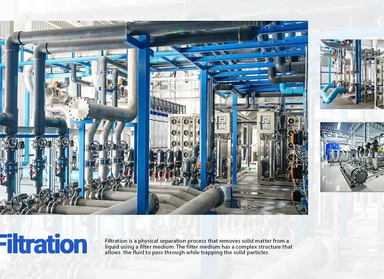
Filtration
Filtration is a method of reducing the amount of suspended particles in a liquid by using porous layers. These particles include mud, plankton, paint, organic matter, and other suspended matter. The first filters used were sand and gravel beds, which were called sand filters.
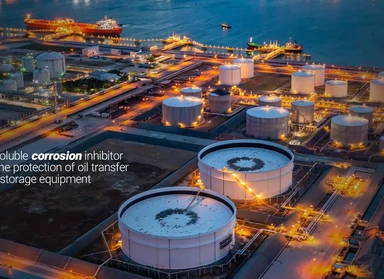
Oil-soluble corrosion inhibitor for the protection of oil transfer and storage equipment
Corrosion is a natural phenomenon that occurs as a result of the electrochemical reaction of metal with the surrounding environment. In the oil and gas industry, corrosion is one of the major problems that accounts for a huge amount of money annually. Part of these amounts are related to the corrosion of pipes or oil transmission lines. Effective ways to prevent corrosion of oil transmission and storage equipment are divided into two categories: physical and chemical solutions.
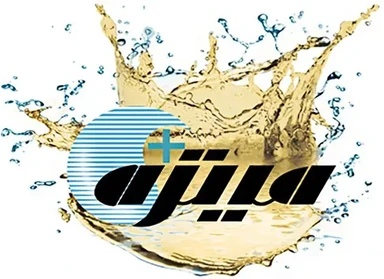
couponing
The coupon method or corrosion coupons is the simplest method of corrosion monitoring. Coupons are the oldest corrosion monitoring tool. Corrosion coupons are small pieces of metal or alloy of the material of interest that are immersed in the process medium and removed after a specified period of time and their weight or dimension loss is evaluated and examined.
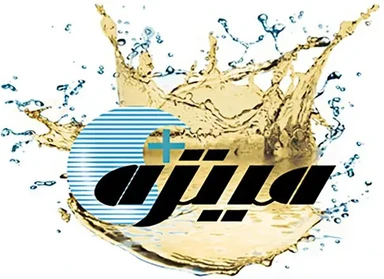
Industrial effluent
Considering that industrial wastewater causes additional costs in addition to the cost of treating municipal wastewater, the main goal should be to adopt measures that lead to a reduction in additional costs.
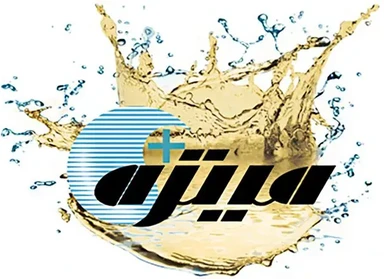
Water purification by electrodialysis method
Due to the shortage of water in the world, numerous methods have been proposed for separating dissolved salts from brackish water and seawater, including membrane methods including electrodialysis and reverse osmosis.
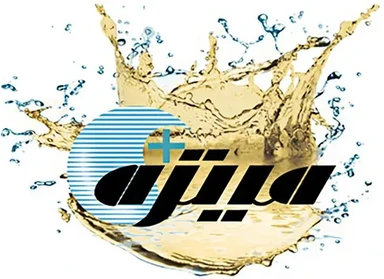
Antiscalant quality level test
The antiscalant quality level test or the test to determine the degree of inhibition of antiscalant in dispersing precipitable compounds is designed quantitatively and qualitatively based on international NACE and ASTM standards. This test shows the percentage of inhibition of precipitation of precipitating salts in the presence of the inhibitor.
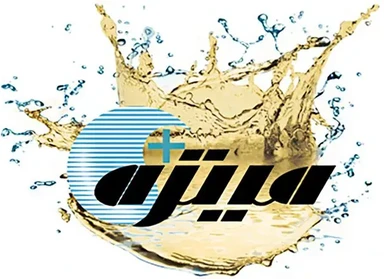
Gas chromatography/mass spectrometry (GC/MS)
Gas chromatography-mass spectrometry separates chemical mixtures (gas phase) and identifies components at the molecular level (mass phase). It is one of the most accurate tools for analyzing environmental samples.
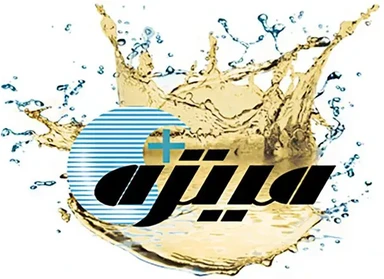
Flame Photometer
Flame photometry is used to determine the concentration of alkaline earth and alkaline elements (in inorganic chemical analysis to determine the concentration of certain metal ions including sodium, potassium, lithium, and calcium) in aqueous solutions.

UV-Vis or ultraviolet-visible spectrometer (spectrophotometer)
A spectrophotometer, or visible and ultraviolet spectrometer, sometimes called UV, is a device for measuring the amount of a substance based on the amount of electromagnetic absorption of that substance.
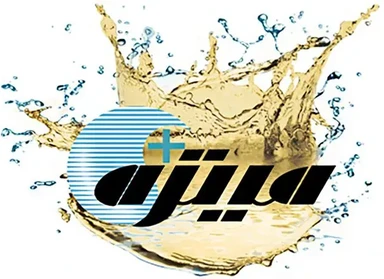
Deaerators
Deaerators are mechanical devices that remove dissolved gases from the boiler feedwater. By reducing the concentration of oxygen and carbon dioxide in the solution, they minimize corrosion and protect the boiler from the effects of corrosive gases.
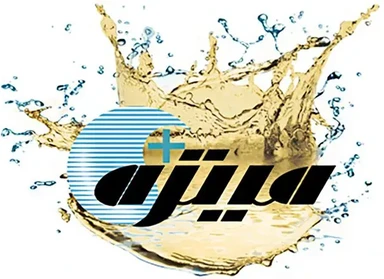
FTIR Infrared Spectrometer
Fourier transform infrared (FTIR) spectroscopy is a method that scientists use to determine the structure of molecules by absorbing characteristic infrared radiation. The infrared spectrum is the vibrational spectrum of a molecule. When exposed to infrared radiation, sample molecules selectively absorb radiation of specific wavelengths, which causes a change in the dipole moment of the sample molecules.
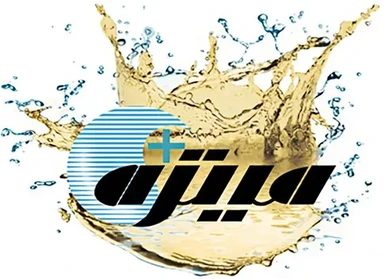
Autolab device
The Autolab is an ideal choice for those looking for a low-cost, compact, yet high-performance electrochemical analyzer. Fully integrated with NOVA software, this compact instrument can perform resistance measurements in the microhertz to megahertz frequency range.
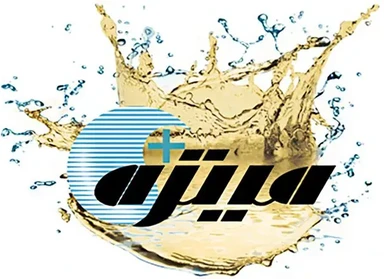
High-performance liquid chromatography (HPLC)
HPLC analysis, or high-performance liquid chromatography, is suitable for analyzing and separating chemical and plant compounds and is used in various fields of chemistry, pharmacy, industrial chemistry, and clinical diagnostics.
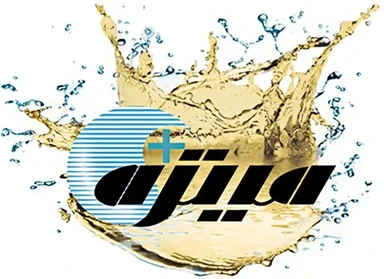
Refrigeration cycles
As a refrigerant circulates through a system, it goes through a number of changes of state or conditions, each of which is called a transformation. The refrigerant starts from an initial state and returns to its initial state after going through a series of transformations called a cycle. Various refrigeration cycles are used to produce refrigeration, the most important of which are the compression refrigeration cycle, the absorption refrigeration cycle, and the thermoelectric refrigeration cycle.

